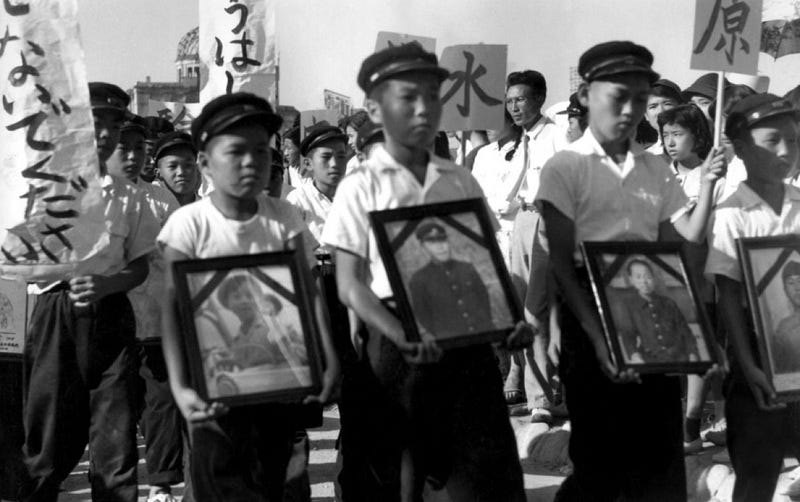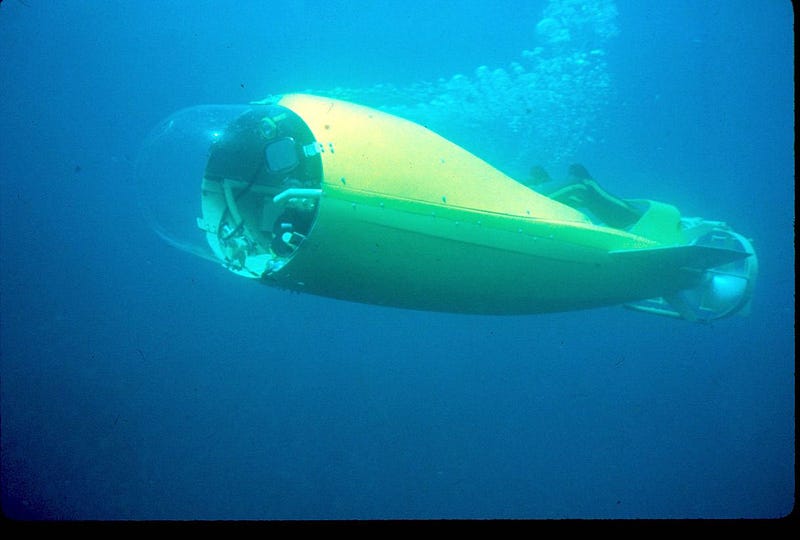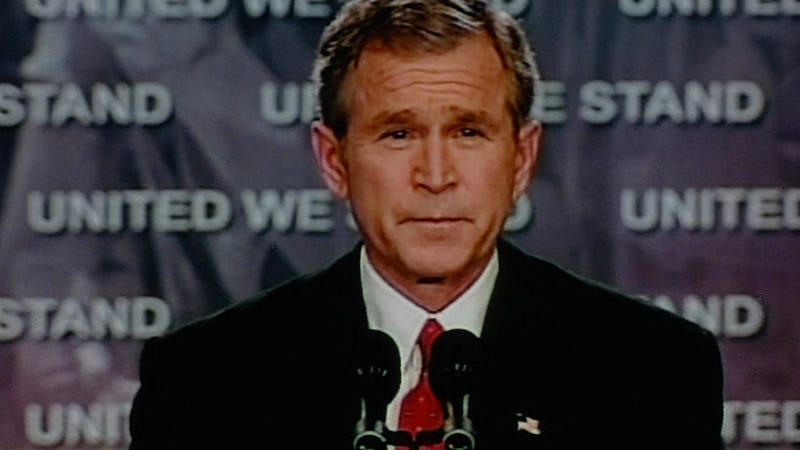
The Cannes Film Festival today celebrates its 70th edition with a rich Official Selection of fiction films and an exclusive repertoire of documentaries that will generally be screened out of competition. Although fiction films often conquer the elegant theaters of the Palais du Festival, the history of the Cannes Film Festival has been marked by a collection of iconic documentaries, a little-known story that GuideDoc will tell you about.
In case you didn't now, GuideDoc is a global curated documentary streaming platform. Watch the world's best award-winning docs from around the world. We have new movies every day. You can check out Guidedoc's Festival page for more great documentaries from all over the world.
Olympia by Lenny Riefenstahl (1938)

Lenny Riefenstahl’s solemn observational documentary Olympia about the Berlin Olympics in 1936 came to the Official Selection of the 1938 Venice Festival in the midst of a strong pre-war political climate. Mussolini was in power and the influence of Nazism in the decisions of the jury was clear. A few hours before announcing the award-winning films at the Mostra, the verdict had to be modified to add Riefenstahl’s film, which after all was cataloged as a neat and majestic image of Nazi Germany and some called it a propaganda film. Horrified by such biased maneuvering, French historian and diplomat Philippe Erlanger knew that the efforts he had long been carrying out to create a film festival free of all political influence in France were more convenient than ever. After the endorsement of the French Ministry of Education, on 31 May 1939, the birth certificate of the Cannes Festival was signed in Cannes. However, it was not possible to be fully celebrated in September of that year due to the outbreak of the war.
Hiroshima Mon Amour by Alan Resnais (1959)

While it is not technically a documentary, Alan Resnais’s film about the conversation of a French nurse and a Japanese man in the context of the nuclear bombings in Japan, the constant use of documentary material to give a picture to the crudeness of the war was a language innovation that definitely influenced the cinemas that were about to be born. The sensation of reality that gravitates on the perfumed images of the fragmented conversation of the lovers will then allow a strong discussion on the appropriateness of the differentiation between documentary and fiction films, thus revealing the concept of documentary approach by the author, which goes beyond the mere categorization of a genre per se. The film was excluded from the Official Selection of the Cannes Film Festival in 1959 so as not to disturb the United States at a time when the bombings of Nagasaki and Hiroshima were still taboo. In spite of this, the film managed to obtain the Critic´s Prize shared with the documentary Araya directed by Venezuelan filmmaker Margot Benacerraf.
Le Monde du Silence by Jacques-Ives Cousteau and Luis Malle (1956)

André Laván’s underwater cameras and the new long-term regulators patented by ocean lover Jacques-Yves Cousteau made it possible to create this documentary inspired by the French submariner´s eponymous book. The screening of Le Monde du Silence at the 1956 Cannes Film Festival marked the first time the underwater world was shown in color on a giant screen, thus marveling the entire audience. The film won that year the Palm D´Or, which by then was the second time it was given, entering into circulation the previous year, when it was awarded to Delbert Mann´s Marty. Le Monde du Silence became the first documentary to be recognized with the first prize of the Cannes Film Festival, thus opening the way for a greater recognition of films of this type in the next editions of the competition.
Farenheit 9/11 by Michael Moore (2004)

At the time that Farenheit 9/11 was premiered at the 2004 Cannes Film Festival, the festival already have had 57 editions and was more than consolidated as the most important event in the world of cinema. Since 1983 the activities and screenings of the films had moved to the newly built Palais du Festival and it was no longer the countries that sent their films to the competition, as it was until 1972, but a committee chosen by the Festival to form the Official Selection. Michael Moore´s documentary on the consequences of the attack on the World Trade Center in New York and the alleged plot between the Bush and Osama Bin Laden´s family to profit from the subsequent war became the most political film in obtaining the Palm D´Or. It was undoubtedly a courageous bet by the jury, which was then presided by American filmmaker Quentin Tarantino, who is said to have whispered to Moore:
“ We are not here to deliver a political award. Here we do not give that kind of awards. Many of us do not have a concrete political position. We reward art. That’s what made you win this award and i want you to know this as a fellow filmmaker.”
The Missing picture by Rithy Pahn (2013)

In 1978, Jilles Jacob took over the presidency of the Festival and inaugurated the Un certain Regardsection, which was to group a range of former sections where films were selected by topic or nationality (French competition for example). Since then, this section has been characterized by being the showcase par excellence of new talent in cinema and also for screening the works of consecrated directors who do not compete directly for the Palme d’Or. It was not until 2013 that a Documentary film was able to obtain the First Prize of Un Certain Regard, when The Missing picture directed by Cambodian filmmaker Rithy Panh, using a combination of figurines and documentary material of the time, showed on the screen the events that occurred in his country when Pol Pot came to power in the 1960s.
Browse and watch the best documentary films online on GuideDoc, Best documentary streaming site. We have collection of top documentaries for you that you can watch online and enjoy it.If you haven’t seen it yet, we don’t know what you’re doing reading this article.